-
 bitcoin
bitcoin $99177.955738 USD
-7.32% -
 ethereum
ethereum $3187.183061 USD
-12.38% -
 tether
tether $0.999809 USD
0.00% -
 xrp
xrp $2.117933 USD
-9.42% -
 bnb
bnb $906.710033 USD
-9.17% -
 solana
solana $149.367737 USD
-10.74% -
 usd-coin
usd-coin $0.999816 USD
0.01% -
 tron
tron $0.281498 USD
-0.38% -
 dogecoin
dogecoin $0.156292 USD
-8.00% -
 cardano
cardano $0.500744 USD
-10.19% -
 hyperliquid
hyperliquid $38.087358 USD
-4.58% -
 chainlink
chainlink $14.097831 USD
-8.54% -
 bitcoin-cash
bitcoin-cash $463.329916 USD
-9.22% -
 ethena-usde
ethena-usde $0.999078 USD
-0.01% -
 unus-sed-leo
unus-sed-leo $9.475862 USD
-0.79%
What is Initial Margin and Maintenance Margin? A Simple Explanation.
Initial margin is the collateral needed to open a leveraged crypto position, while maintenance margin keeps it active, preventing liquidation if equity drops too low.
Nov 04, 2025 at 10:01 pm

Understanding Initial Margin in Cryptocurrency Trading
1. Initial margin refers to the percentage of a trade’s total value that a trader must deposit upfront to open a leveraged position. In the context of cryptocurrency derivatives, this deposit acts as collateral to absorb potential losses.
2. For example, if a trader wants to open a $10,000 position with 10x leverage, the initial margin required would be $1,000. This means the exchange or platform will lock this amount from the trader’s account until the position is closed or adjusted.
3. Different platforms set varying initial margin requirements based on asset volatility, liquidity, and risk parameters. Highly volatile cryptocurrencies like meme coins may demand higher initial margins compared to more stable assets like Bitcoin or Ethereum.
4. The size of the initial margin directly affects how much leverage a trader can use. Lower initial margin percentages allow for higher leverage, increasing both profit potential and liquidation risk.
5. Failure to meet the initial margin requirement prevents the execution of a leveraged trade altogether. Traders must ensure they have sufficient funds available before attempting to enter positions on margin-based exchanges.
The Role of Maintenance Margin in Risk Management
1. Maintenance margin is the minimum amount of equity that must remain in a trader’s margin account after opening a position. It serves as a safety threshold to prevent accounts from going negative during adverse price movements.
2. If the value of a trader’s position declines and their equity drops below the maintenance margin level, the system triggers a margin call or initiates automatic liquidation depending on the platform’s rules.
3. For instance, suppose a trading platform sets the maintenance margin at 5% for a particular contract. If a trader’s account balance falls below this level due to losses, corrective action becomes mandatory.
4. Unlike initial margin, which applies only at entry, maintenance margin remains relevant throughout the life of the position. Market fluctuations constantly test whether the account meets this ongoing requirement.
5. Maintenance margin acts as a real-time safeguard, ensuring traders maintain skin in the game and reducing systemic risk within the exchange ecosystem.
How Margin Levels Influence Liquidation Mechanics
1. The relationship between account equity, initial margin, and maintenance margin determines when a position faces liquidation. As prices move against an open trade, unrealized losses erode the available margin balance.
2. Once equity touches the maintenance margin boundary, most platforms give users a brief window to add more funds—this is known as a margin call. Without timely action, forced closure follows.
3. Some decentralized and centralized exchanges automate this process entirely, eliminating manual intervention. When thresholds are breached, smart contracts or backend systems execute partial or full liquidations instantly.
4. Liquidation engines often auction off collateral or offset positions through insurance funds or peer-to-peer matching mechanisms. These processes aim to settle obligations without burdening other market participants.
5. Traders who ignore maintenance levels expose themselves not only to loss of capital but also to funding rate costs and slippage during volatile unwinds.
Frequently Asked Questions
What happens if my position gets liquidated?Upon liquidation, the exchange closes your position to prevent further losses. Any remaining collateral after settling the debt may be returned, though some platforms charge a fee or allocate residual value to insurance pools.
Can I increase my margin after opening a trade?Yes, most platforms allow you to add additional margin manually while a position is active. Doing so raises your equity buffer, lowering the chance of hitting maintenance margin thresholds during drawdowns.
Do all crypto exchanges use the same margin rules?No, margin requirements vary significantly across exchanges. Derivatives-focused platforms like Bybit or Binance Futures publish detailed margin schedules, while others may adjust them dynamically based on market stress indicators.
Is isolated or cross-margin better for managing these requirements?Isolated margin restricts collateral to a specific position, limiting exposure but increasing liquidation risk per trade. Cross-margin uses the entire account balance, offering more flexibility but potentially endangering total equity during cascading losses.
Disclaimer:info@kdj.com
The information provided is not trading advice. kdj.com does not assume any responsibility for any investments made based on the information provided in this article. Cryptocurrencies are highly volatile and it is highly recommended that you invest with caution after thorough research!
If you believe that the content used on this website infringes your copyright, please contact us immediately (info@kdj.com) and we will delete it promptly.
- PumpFun, Solana, Price Prediction: Riding the Solana Wave
- 2025-11-06 07:20:01
- Bitcoin Treasury Takes Root in Europe: Institutional Platforms Emerge
- 2025-11-06 07:45:01
- Lido & Chainlink CCIP: wstETH Transfers Get a Major Upgrade
- 2025-11-06 07:30:01
- Zcash (ZEC) Price Breakout: Privacy's Comeback Kid?
- 2025-11-06 07:50:01
- MSTR Sinks as Bitcoin Declines: A 25% Drop Deep Dive
- 2025-11-06 07:50:01
- Trump, Crypto, and Solana: Decoding the Intersections in the Concrete Jungle
- 2025-11-06 07:00:01
Related knowledge
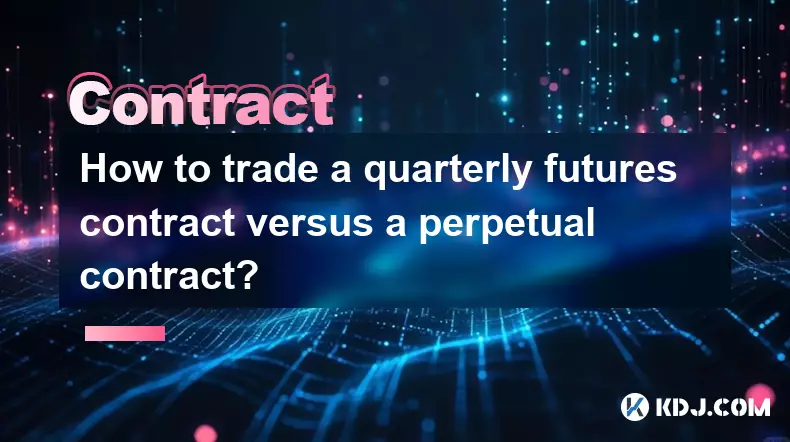
How to trade a quarterly futures contract versus a perpetual contract?
Nov 06,2025 at 06:44am
Understanding the Core Differences Between Quarterly and Perpetual Contracts1. Quarterly futures contracts have a fixed expiration date, typically set...
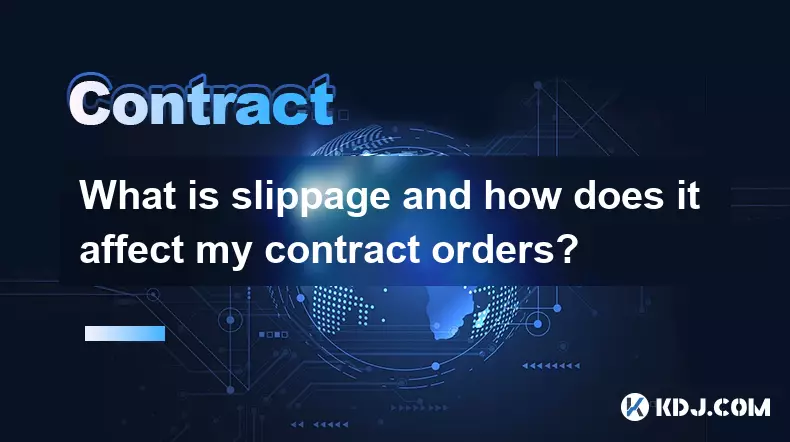
What is slippage and how does it affect my contract orders?
Nov 06,2025 at 05:14am
Understanding Slippage in Cryptocurrency Trading1. Slippage refers to the difference between the expected price of a trade and the actual price at whi...
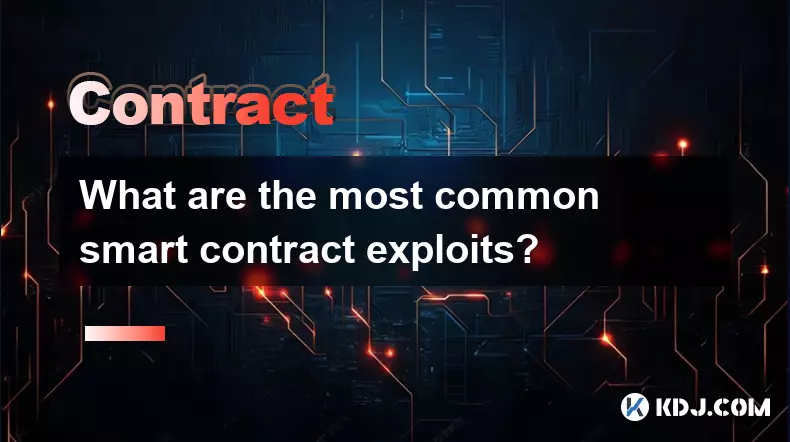
What are the most common smart contract exploits?
Nov 06,2025 at 05:25am
Reentrancy Attacks1. Reentrancy attacks occur when a malicious contract repeatedly calls back into a vulnerable contract before the initial execution ...
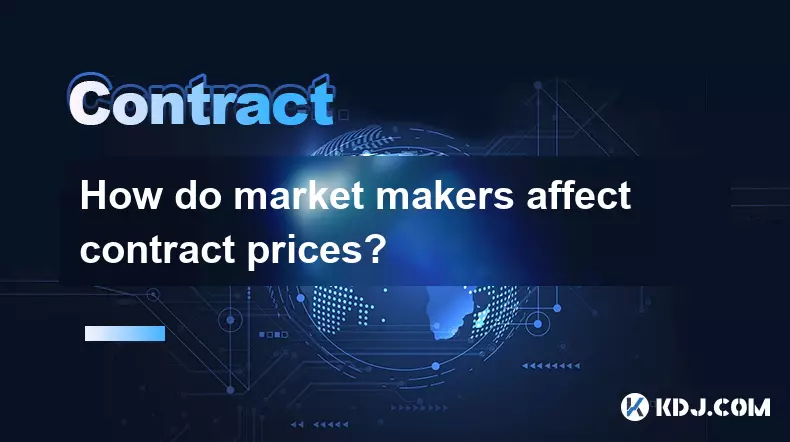
How do market makers affect contract prices?
Nov 06,2025 at 06:09am
Understanding the Role of Market Makers in Crypto Derivatives1. Market makers provide continuous buy and sell orders in crypto futures and perpetual s...
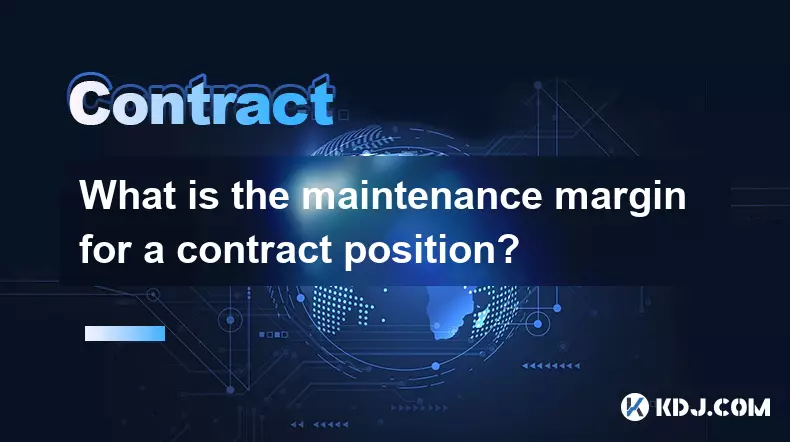
What is the maintenance margin for a contract position?
Nov 06,2025 at 04:54am
Maintenance Margin in Contract Trading1. The maintenance margin is the minimum amount of collateral required to keep a leveraged position open. If the...

How to deal with a liquidation event on a futures contract?
Nov 06,2025 at 05:35am
Understanding the Mechanics of Futures Liquidation1. A liquidation event occurs when a trader’s margin balance falls below the maintenance margin requ...

How to trade a quarterly futures contract versus a perpetual contract?
Nov 06,2025 at 06:44am
Understanding the Core Differences Between Quarterly and Perpetual Contracts1. Quarterly futures contracts have a fixed expiration date, typically set...

What is slippage and how does it affect my contract orders?
Nov 06,2025 at 05:14am
Understanding Slippage in Cryptocurrency Trading1. Slippage refers to the difference between the expected price of a trade and the actual price at whi...

What are the most common smart contract exploits?
Nov 06,2025 at 05:25am
Reentrancy Attacks1. Reentrancy attacks occur when a malicious contract repeatedly calls back into a vulnerable contract before the initial execution ...

How do market makers affect contract prices?
Nov 06,2025 at 06:09am
Understanding the Role of Market Makers in Crypto Derivatives1. Market makers provide continuous buy and sell orders in crypto futures and perpetual s...

What is the maintenance margin for a contract position?
Nov 06,2025 at 04:54am
Maintenance Margin in Contract Trading1. The maintenance margin is the minimum amount of collateral required to keep a leveraged position open. If the...

How to deal with a liquidation event on a futures contract?
Nov 06,2025 at 05:35am
Understanding the Mechanics of Futures Liquidation1. A liquidation event occurs when a trader’s margin balance falls below the maintenance margin requ...
See all articles










































































